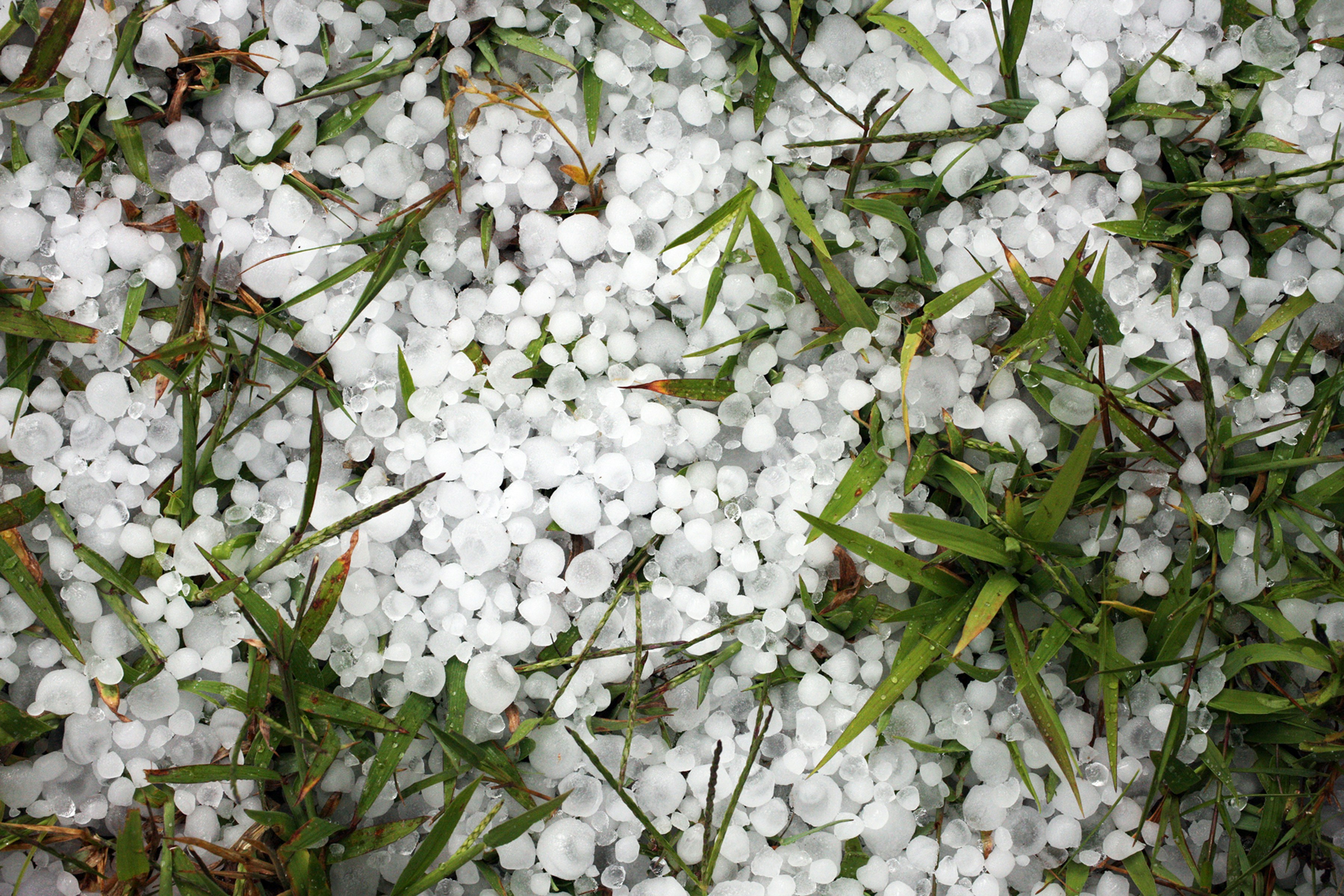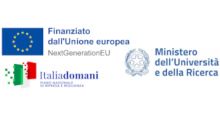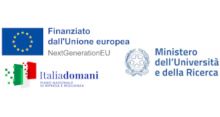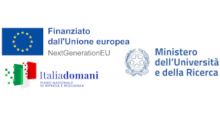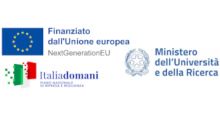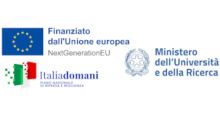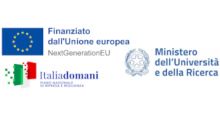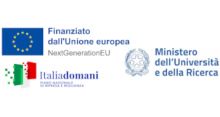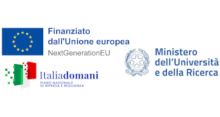2022ZC2522_PE10_PRIN2022 - raINfall exTremEs and their impacts: from the local to the National ScalE (INTENSE)
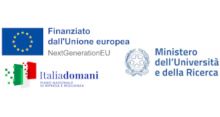
Rainfall-related hazards are among the most damaging natural hazards, in Italy and globally. Risk management and societal
resilience to these hazards crucially depend on quantitative information on the probability of occurrence of extreme rainfall. The long historical rainfall records available from rain gauges allow us to derive these probabilities for the gauge locations, but suffer from important shortcomings: they hardly represent the multi-scale information required for hazard assessment, and they cannot adequately sample the spatial variability of extreme rainfall in areas with strong climatological gradients, such as orographic and coastal regions. Unfortunately, these are the areas where most rainfall-related hazards occur, especially in Italy. INTENSE will address these issues by combining observations from rain gauges, weather radars and satellites, state-of-the-art statistical approaches, stochastic weather generators, and physically-based models. With the increasing length of their records, weather radars and satellites have now become a realistic opportunity to overcome the observational limitations of rain gauges.

